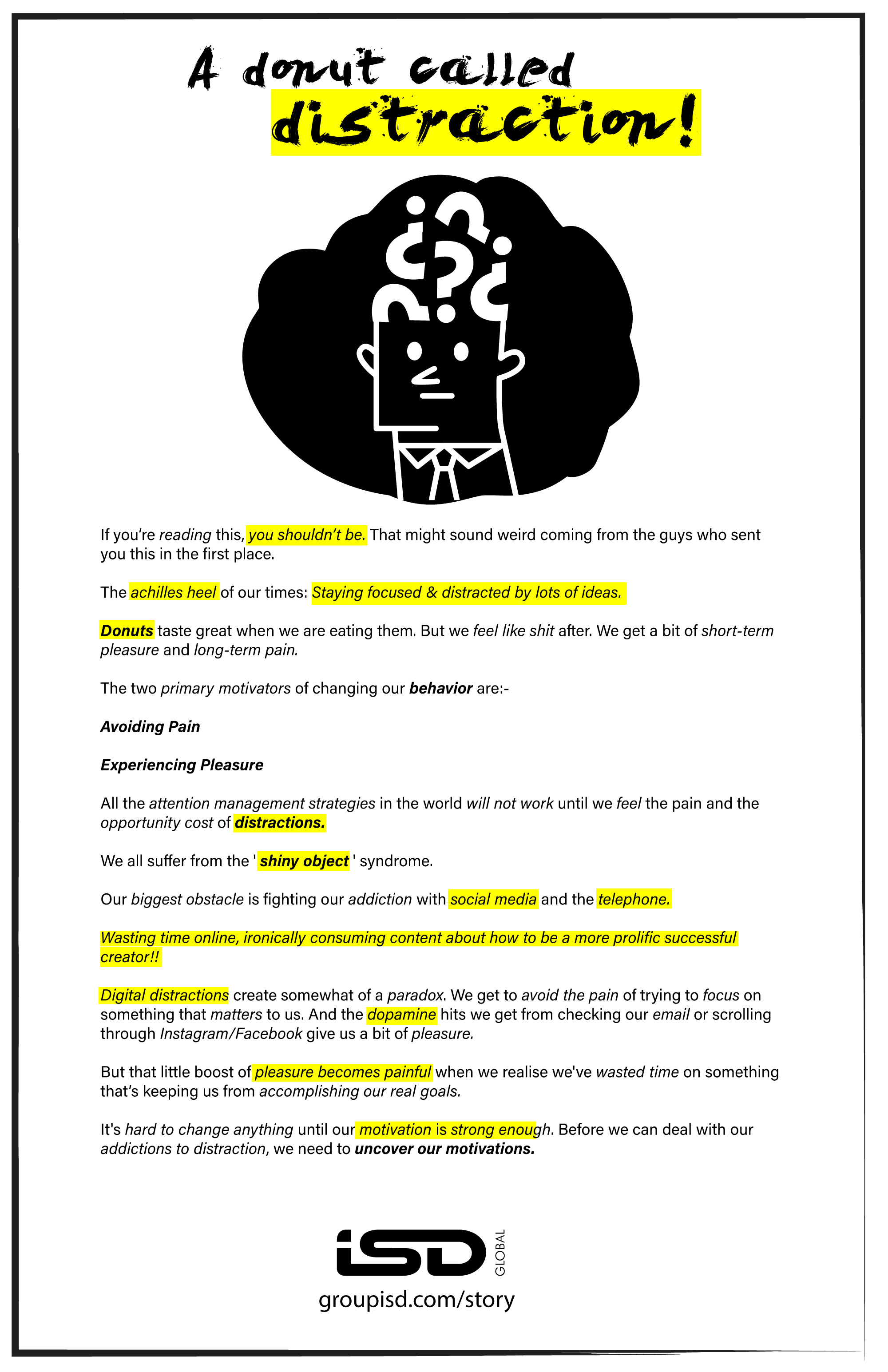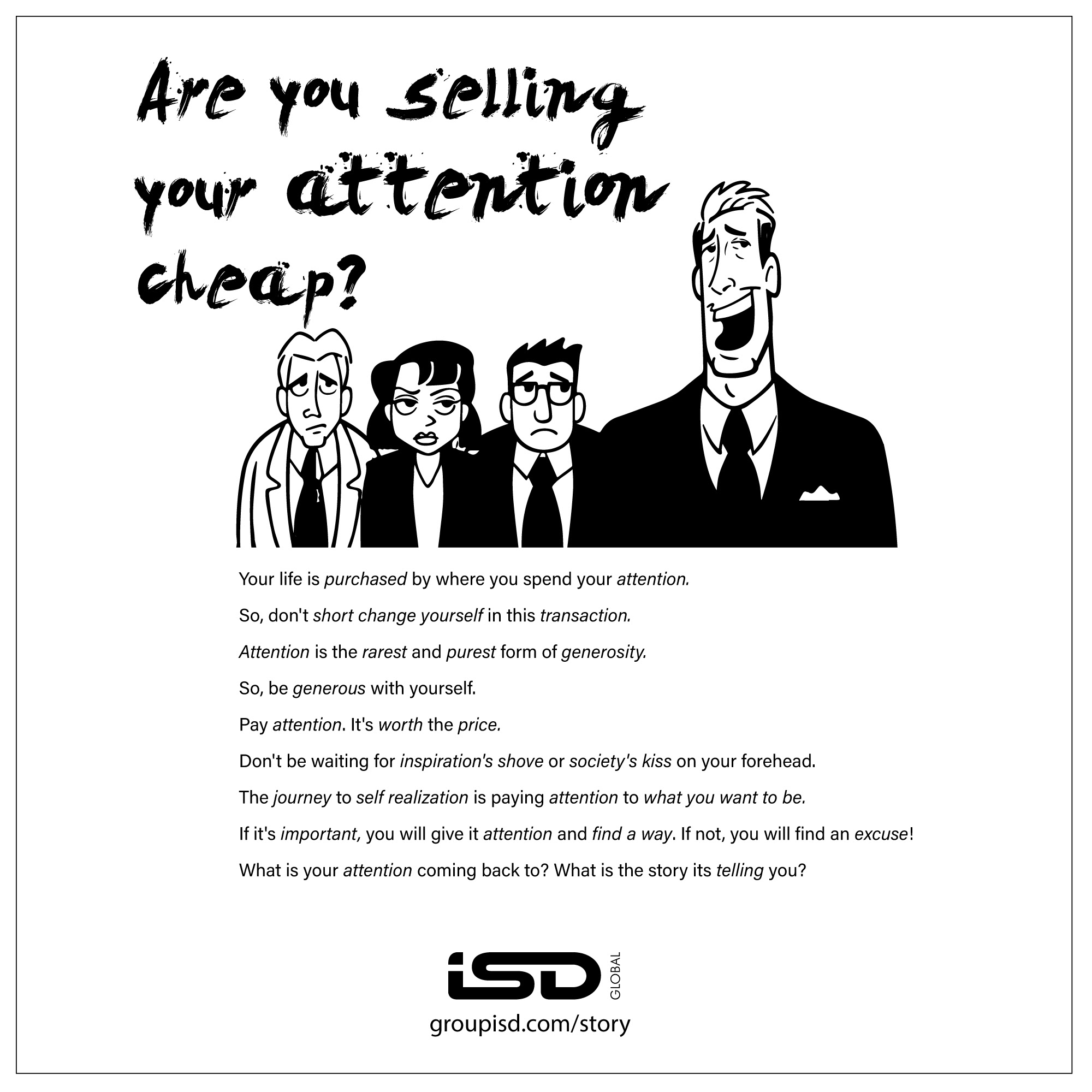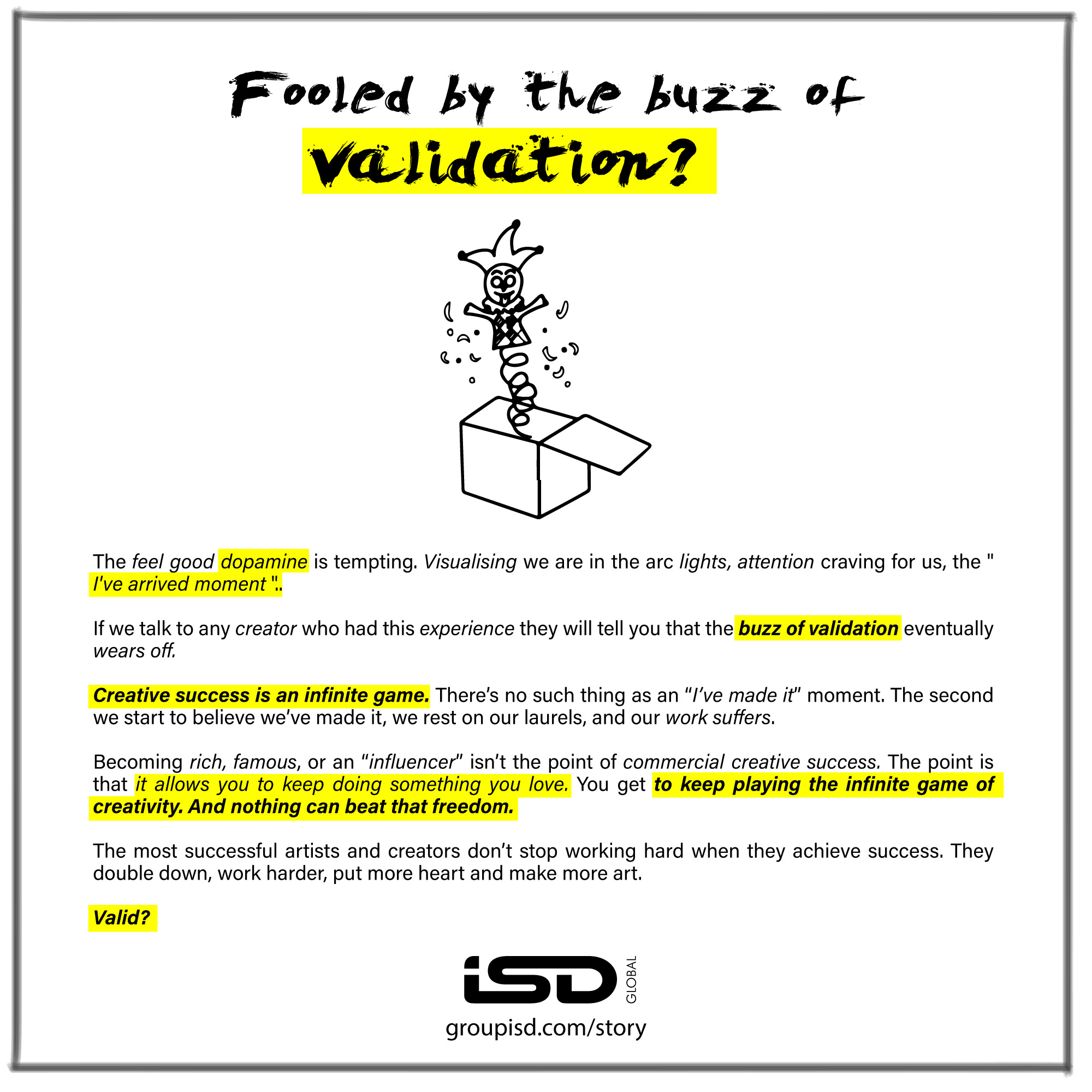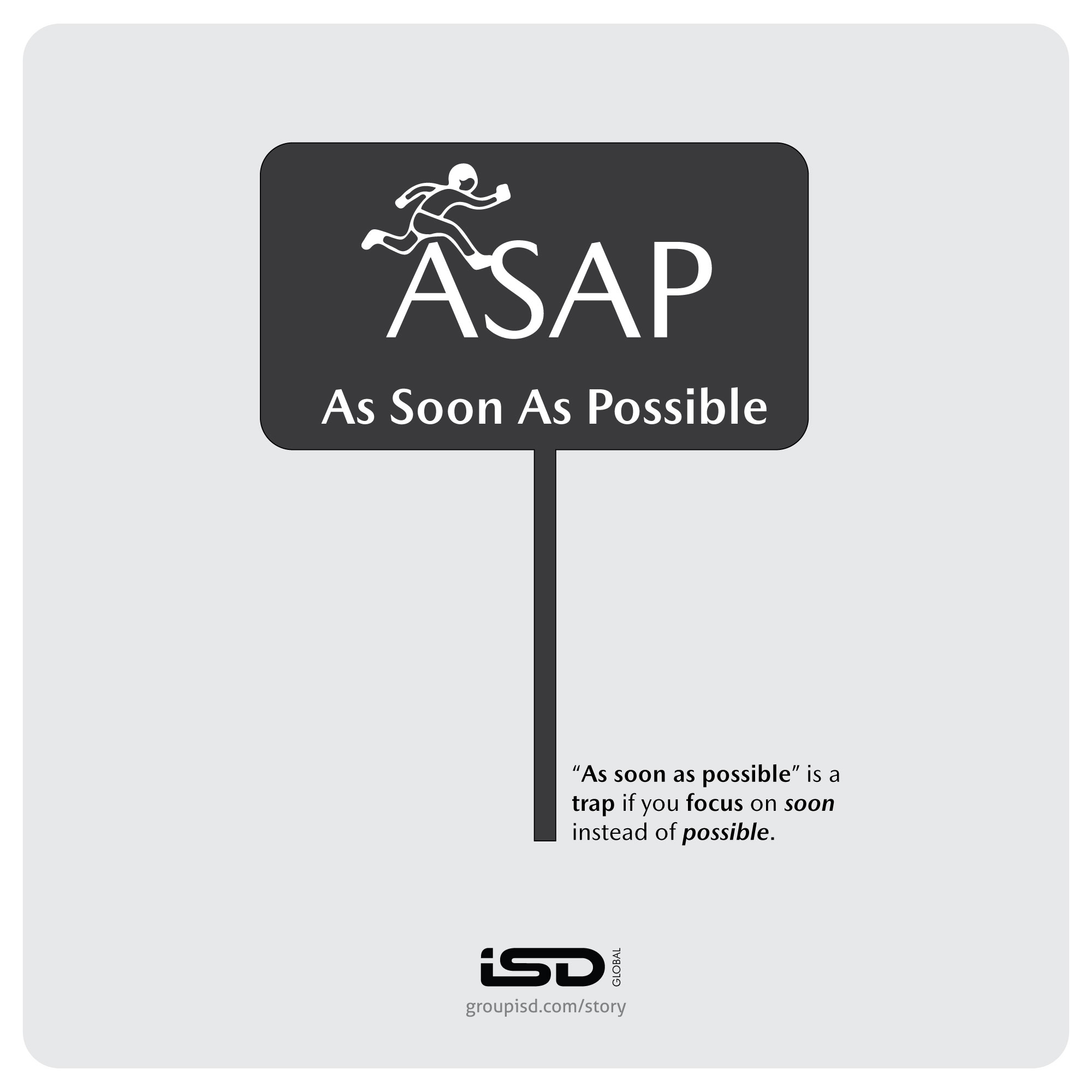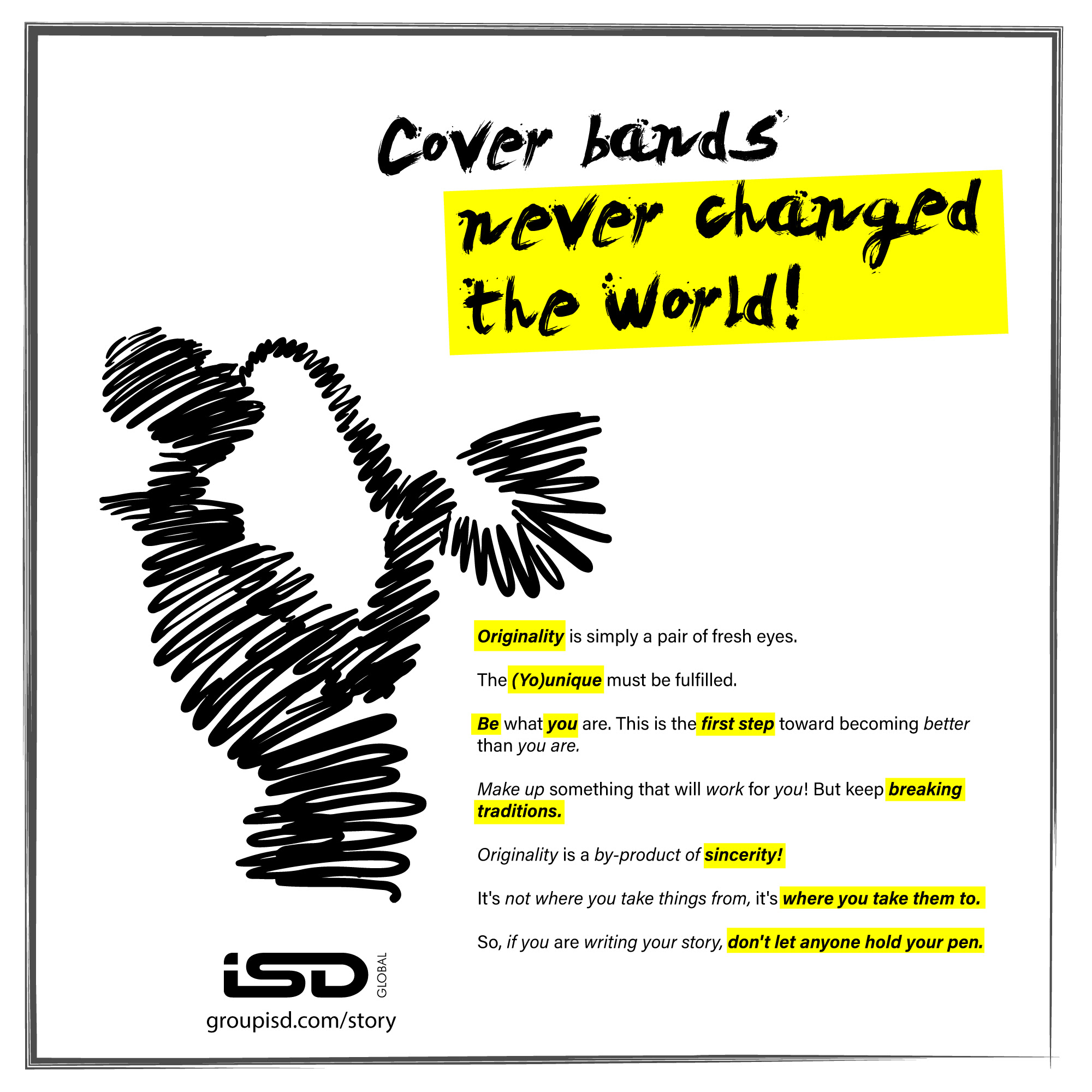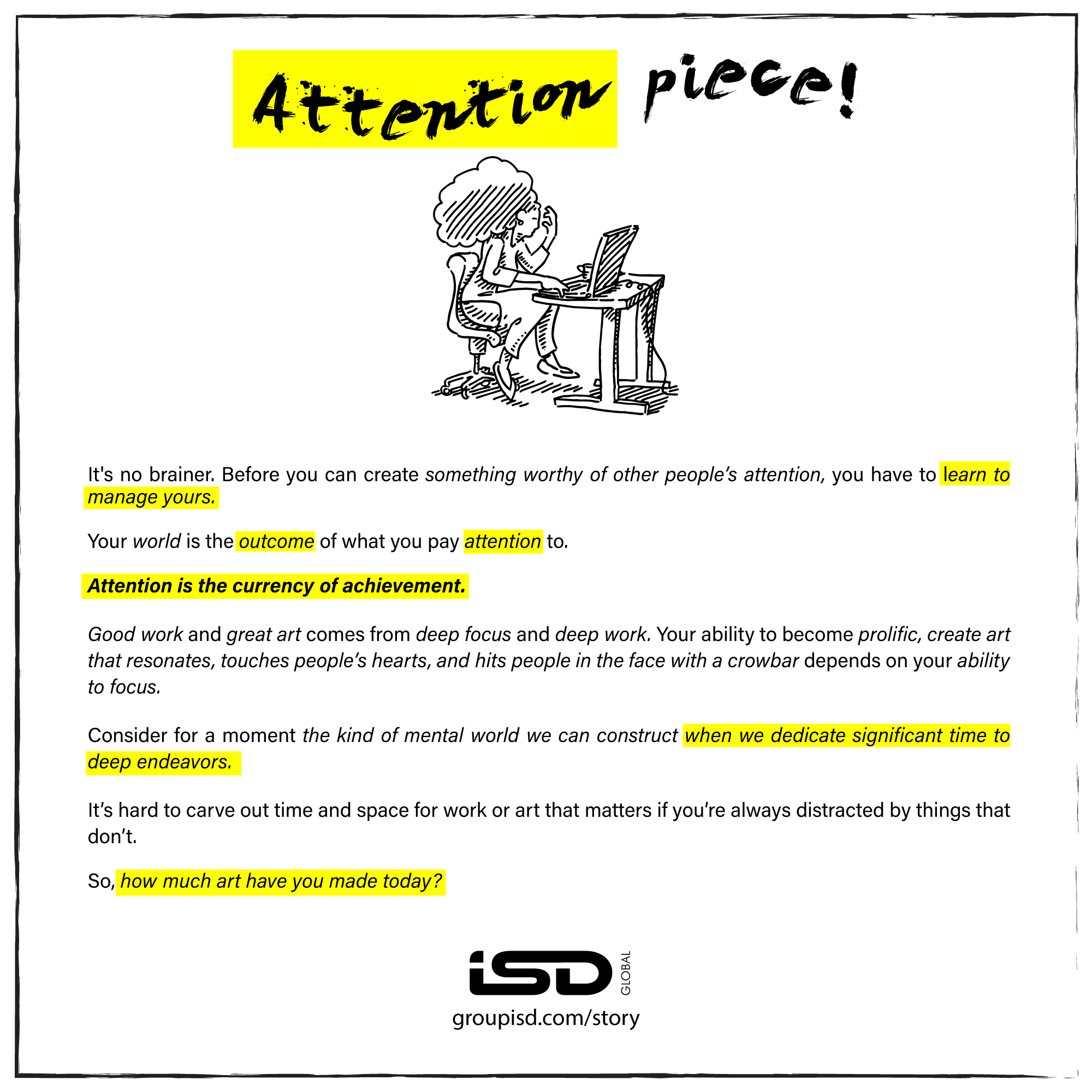Bill Bernbach, the mad advertising genius( and undoubtedly the original punk rocker of Madison Avenue who blew cigar smoke right into Madison Avenue’s uptight nostrils), the man who gave birth to DDB and revolutionized advertising forever, dropped a missile that still echoes through the corridors of every boardroom, every startup garage, every activist’s midnight planning session:
“It is not enough to be right — you must also be compelling.“
But here’s where Bernbach went full savage mode, delivering the kind of insight that makes comfortable people squirm:
“A dull truth will not be looked at. An exciting lie will. That is what good, sincere people must understand. They must make their truth exciting and new, or their good works will be born dead.”
Born dead. Let that phrase marinate in your brain for a moment.
This wasn’t cynicism. This was a wake-up call for everyone with something genuine to say. If you want your truth to live, don’t send it out in tattered clothes. Make it sing. Make it strut.
We live in an attention-deficit apocalypse. The feed scrolls faster than your brand can blink. The competition isn’t your category—it’s the cat video two thumbs away. If your story isn’t arresting, it isn’t. Period.
Being compelling doesn’t mean being dishonest. It means being a storyteller with a backbone. It means showing up with truth in a way that moves the blood, not just the brain. It’s about packaging your principle with some swagger.
Look around. The exciting lies are winning. They’re shiny, seductive, and algorithmically amplified. They promise six-pack abs in six days, financial freedom with one crypto coin, and eternal happiness in a scented candle.
And what are we, the “sincere people,” doing? We’re countering with PDFs. With white papers no one will ever white. We’re serving a five-course meal of facts on a dented tray to an audience high on the cocaine of clickbait.
This is not a call to lie. This is a call to war. A war fought with the weapons of story, surprise, soul, and savage simplicity.
How many brilliant ideas have you buried in PowerPoint graveyards? How many world-changing solutions have you suffocated with jargon and bullet points? How many times have you watched inferior ideas triumph simply because they knew how to dance?
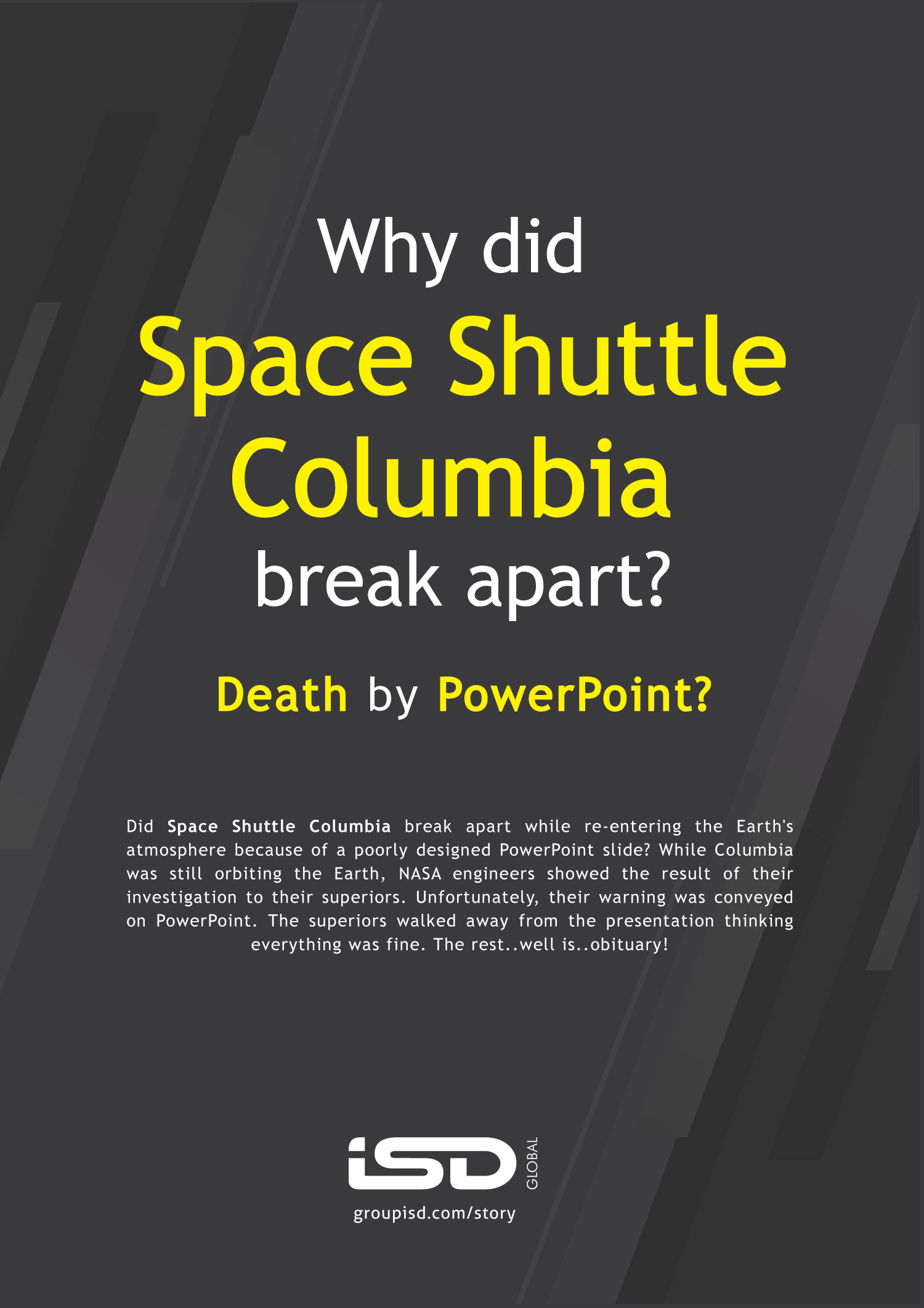
Being right is kindergarten. Being compelling is graduate school. You’ve got to dress your truth in leather jackets, sequins, and a scream that will break the internet. Or anything equivalent.
Closer home, rewind to Amul ads. India was hearing “milk is nutritious” in government posters since Nehru’s time. Yawn. Then Amul comes in with “Utterly Butterly Delicious” and that wide-eyed polka dot girl poking fun at everything from politics to cricket. Same truth: milk nourishes. But the delivery was delicious irreverence. Who remembered the poster with cows grazing? AND who remembers Amul topicals decades later? Exactly. They didn’t just sell butter—they sold wit, wisdom, and a wink.
Take Apple in the 80s. Personal computers were beige boxes of doom. IBM said, “Work better, compute faster.” Bernbach-esque Apple said, “Here’s to the crazy ones.” They turned truth (a PC on your desk really does change your life) into poetry, rebellion, and theatre. Beige truth vs neon revolution. Guess which one etched itself into retinas.
Your brilliant ideas could die a silent death. Unless you do what Archimedes did- they found Archimedes naked in a bathtub, screaming “Eureka!” at the top of his lungs.
They didn’t find him sitting quietly in a corner, whispering his discovery to the wall.
Think about that for a split second. The man who cracked one of physics’ greatest puzzles didn’t just have his moment of truth—he performed it. He made it impossible to ignore. He turned scientific discovery into street theater.
That’s the difference between changing the world and changing nothing at all.
Look at Elon Musk. The man could tweet about launching a car into space, and suddenly everyone’s talking about Mars colonization. He doesn’t just build rockets—he builds stories around rockets. He doesn’t just create electric vehicles—he creates a movement around sustainable transport.
Meanwhile, thousands of equally brilliant engineers toil in anonymity because they never learned that innovation without communication is just expensive masturbation.
In our own backyard, watch how the late APJ Abdul Kalam made rocket science accessible to children. He didn’t dumb down the science—he lit up the imagination. He turned complex aerospace engineering into dreams of flight that every village kid could touch.
Even in advertising, remember how Ashutosh Gowariker made “Thanda Matlab Coca-Cola” stick in our collective consciousness? He could have said “Coca-Cola is refreshing.” Instead, he made it a cultural code, a shared language.
Closer home again: Swiggy’s Instamart ads—deadpan humour, surreal visuals—turn the very mundane act of grocery delivery into a cultural chuckle. Groceries arrive faster, but the brand arrives first in your mind.
Here’s what Bernbach understood that most people miss: Complexity is the enemy of adoption.
The most profound truths are often the simplest ones, dressed up in ways that make people want to believe them.
Gandhi didn’t just protest British rule—he spun cotton and walked to the sea. He turned political resistance into performance art. He made truth visible.
Steve Jobs didn’t just build computers—he built desire. “Think Different” wasn’t about processors and memory. It was about identity and aspiration.
Your noble intentions don’t entitle you to anyone’s attention.
The world doesn’t owe you an audience just because you’re right. Being right is table stakes. Being heard & seen requires artistry.
This isn’t about manipulation—it’s about translation. It’s about taking your beautiful, complex, nuanced truth and making it sing in a language that busy, distracted, overwhelmed humans can actually hear.
So, how do we make this work? As the saying goes- sell the sizzle, not the steak. Start with the scar, the Achilles Heel, not the solution. People don’t care about your product—they care about their pain. Nike doesn’t sell shoes; they sell the feeling of victory. Apple doesn’t sell phones; they sell the promise of human connection. Ariel’s “Dad’s Share the Load” campaign didn’t lecture about gender equality—they showed one father realizing his own blindness. Personal story, universal truth. Find the universal in the specific. Patagonia’s “Don’t Buy This Jacket” ad worked because it violated every expectation about what a brand should say. The contrast made the message unforgettable. Use contrast like a weapon.
Male your revolution seductive. The future belongs to those who understand this: Truth without theater is just noise.
Your breakthrough research? Useless if it dies in academic journals. Your innovative product? Irrelevant if it can’t break through the marketing clutter. Your social cause? Impotent if it can’t inspire action.
The revolutionaries who change the world aren’t just the ones with the best ideas—they’re the ones who make their ideas impossible to ignore.
In closing, fellow truth-teller, allow me to put out this (Bernbach) Challenge:-
Take your most important idea—the one that keeps you up at night, the one you believe could change everything—and ask yourself:
Is it compelling enough to compete with cat videos? Is it sexy enough to survive the scroll? Is it magnetic enough to make people stop, think, and act?
If not, you don’t have a truth problem. You have a translation problem. And that is the most solvable problem in the world.
Because the truth isn’t just out there waiting to be discovered. It’s waiting to be performed.
PS: Bill Bernbach was an Advertising Hall of Fame Member. Some of his landmark campaigns included ” Think Small ” for Volkswagen Beetle and ” We Try Harder ” for Avis Rent A Car.

